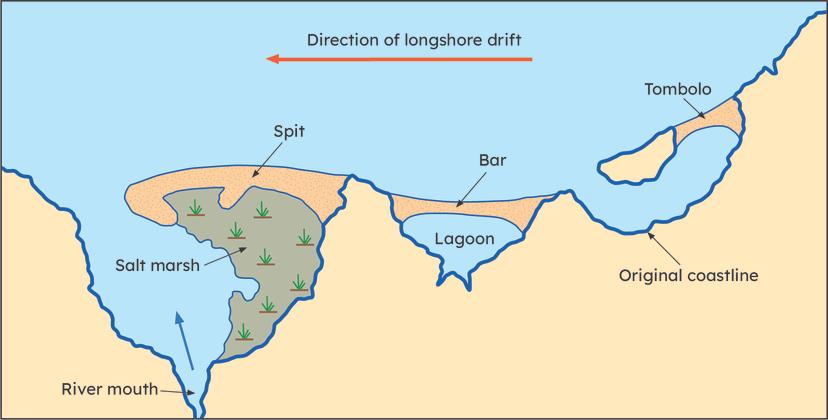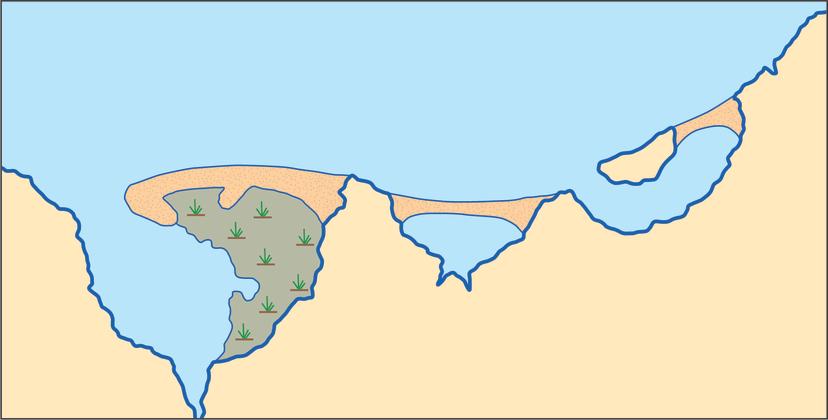Myths about teaching can hold you back
- Year 6
Coastal habitats and ecosystems
I can identify some threats to coastal habitats around the world and explain why these places matter to wildlife.
- Year 6
Coastal habitats and ecosystems
I can identify some threats to coastal habitats around the world and explain why these places matter to wildlife.
These resources were made for remote use during the pandemic, not classroom teaching.
Switch to our new teaching resources now - designed by teachers and leading subject experts, and tested in classrooms.
Lesson details
Key learning points
- Coastal habitats and their unique ecosystems are under threat from human activity and climate change.
- Coastline settlements and industries impact on natural habitats affecting wildlife populations.
- River estuaries can be hot spots of pollution emptying into the oceans.
- Eco-tourism is a way of trying to redress environmental damage by focusing on outcomes beneficial for wildlife.
Keywords
Ecosystem - An ecosystem is a natural environment and the plants and animals live and interact within that environment
Habitat - Habitat is the natural home or environment of an animal, plant or other organism
Pollution - Pollution is anything that makes the environment dirty or unhealthy
Organism - An organism is a living thing
Common misconception
Nature reserves or world heritage sites only apply to places on land.
Many coasts and underwater ecosystems are classed as Marine Protected Areas and are protected in the same way as nature reserves.
To help you plan your year 6 geography lesson on: Coastal habitats and ecosystems, download all teaching resources for free and adapt to suit your pupils' needs...
To help you plan your year 6 geography lesson on: Coastal habitats and ecosystems, download all teaching resources for free and adapt to suit your pupils' needs.
The starter quiz will activate and check your pupils' prior knowledge, with versions available both with and without answers in PDF format.
We use learning cycles to break down learning into key concepts or ideas linked to the learning outcome. Each learning cycle features explanations with checks for understanding and practice tasks with feedback. All of this is found in our slide decks, ready for you to download and edit. The practice tasks are also available as printable worksheets and some lessons have additional materials with extra material you might need for teaching the lesson.
The assessment exit quiz will test your pupils' understanding of the key learning points.
Our video is a tool for planning, showing how other teachers might teach the lesson, offering helpful tips, modelled explanations and inspiration for your own delivery in the classroom. Plus, you can set it as homework or revision for pupils and keep their learning on track by sharing an online pupil version of this lesson.
Explore more key stage 2 geography lessons from the Coasts: what happens where the land meets the sea? unit, dive into the full primary geography curriculum, or learn more about lesson planning.

Licence
Prior knowledge starter quiz
6 Questions
Q1.Which of these are advantages to being a maritime nation?
Q2.A coast is a strip of land made of rock, sand, mud or gravel, that meets the...
Q3.The UK is surrounded by the North Atlantic Ocean, the North Sea, Irish Sea, and the...
Q4.Order the processes that form a spit.

Q5.Sometimes a spit grows across a bay joining two . This is called a bar.
Q6.What forms behind a bar?

Assessment exit quiz
6 Questions
Q1. is a natural environment and the plants and animals live and interact within that environment.
Q2.Match the keyword to its definition.
anything that makes the environment dirty or unhealthy
the natural home or environment of an animal, plant or other organism.
a living thing.


